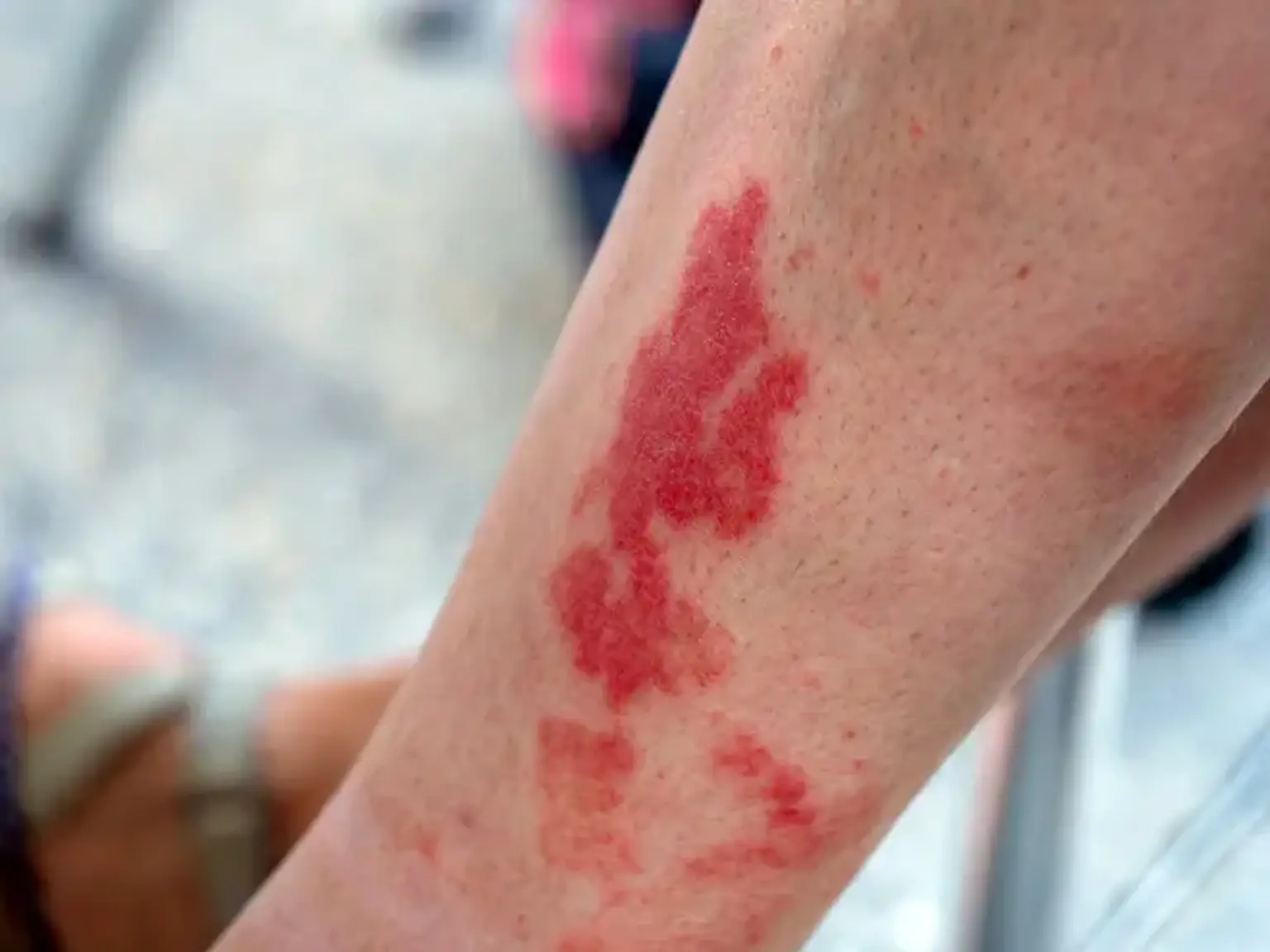Vasculitis (Inflammation of blood vessels)
Overview
Vasculitis is a diverse set of illnesses defined by vascular inflammation. They have clinical, laboratory, and pathophysiologic aspects in common. The clinical and pathological aspects vary depending on the location and kind of blood vessels involved. Vasculitis can arise as a primary process or as a result of another underlying condition.
